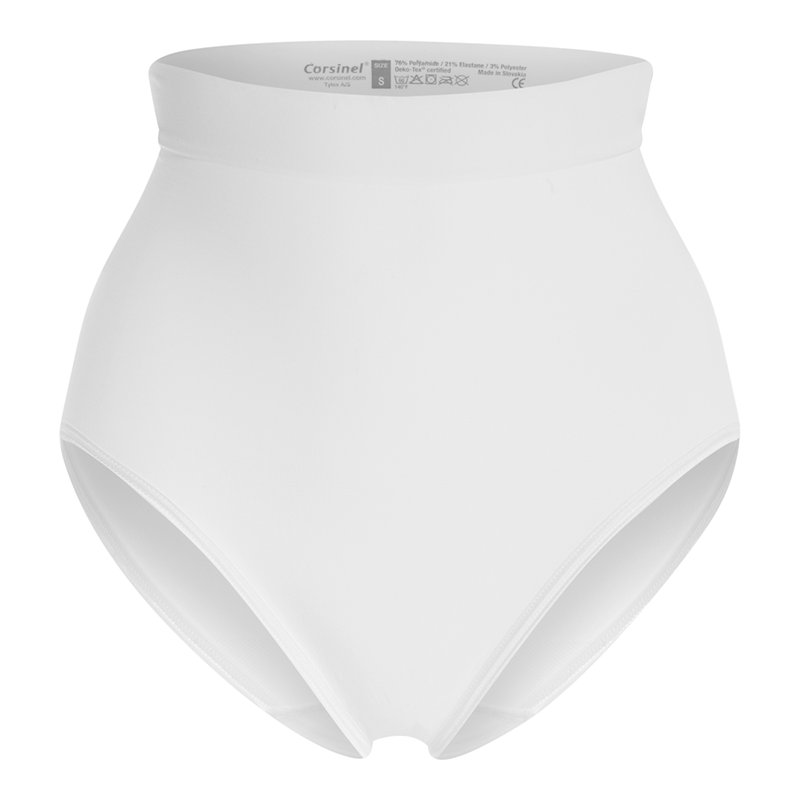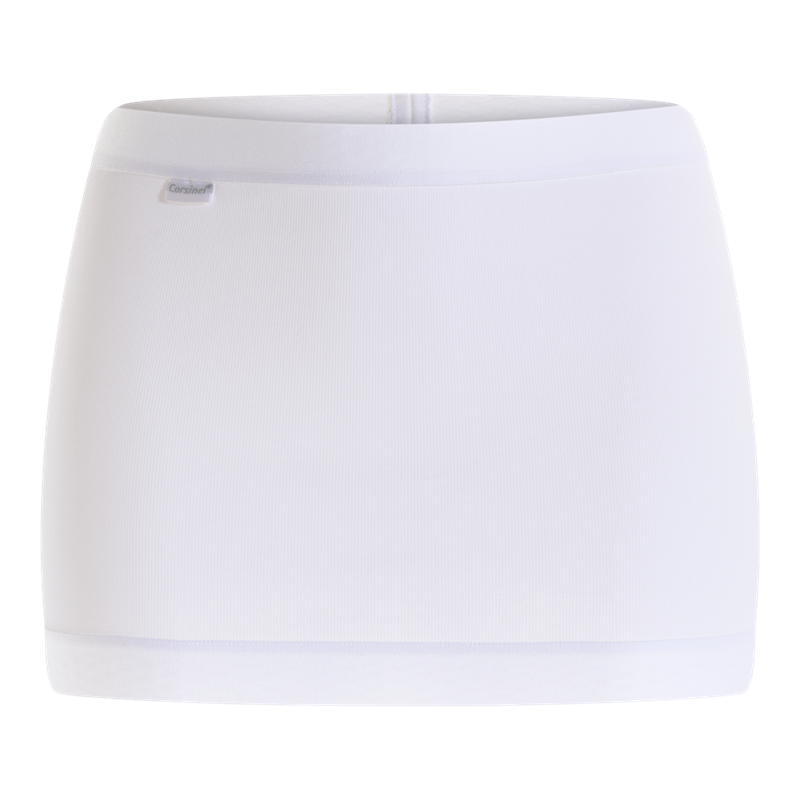KNOWING THE RISKS MAY HELP OSTOMATES
Having and living with a stoma is a major challenge for the people affected. The stoma is one thing, but then there is also the risk of developing a parastomal hernia, which adds even more challenges to the situation.
Unfortunately, parastomal herniation (PSH) is a common complication following stoma surgery and there is a number of factors that may increase the risk of hernia development.
However, being aware of the risks may help prevent the hernia formation.
To get the full picture of the risk factors associated with the development of a parastomal hernia, it is important to distinguish between patient and surgical variables.
We have made a list of these factors and although many of them cannot be avoided, being aware of them may help handling them.
FACTORS INCREASING RISK OF PARASTOMAL HERNIA FORMATION
Parastomal herniation (PSH) is a common complication following stoma surgery and there is a number of factors that may increase the risk of hernia development.
To get the full picture of the risk factors associated with the development of a parastomal hernia, it is important to distinguish between patient and surgical variables.
PATIENT-DEPENDENT FACTORS
The following parameters are common examples and typically listed as significant:
- Low tensile strength of abdominal wall
As soon as a stoma is constructed, a potential site of weakness in the abdominal wall is instantly produced (1).
- Age > 60 years
Poor abdominal muscle tone with advancing age may result in eventual herniation (2).
- Obesity with body mass index (BMI) > 30 kg/m2
People who are obese may develop parastomal hernias more readily than those of normal weight (3).
- Waist circumference > 100 cm
When the waist circumference exceeds the calculated threshold of 100 cm, there is a 75 percent probability to develop a parastomal hernia (4).
- Diabetes
Is also a significant risk factor compared to the data to non-diabetic patients (5).
- Smoking tobacco
Smokers have a 4-fold higher risk of incisional hernia independent of other risk factors and confounders (6).
- Pregnancy and hard physical labour
Pregnant women have an increased risk of hernias because of the increased pressure pregnancy puts on the abdomen (7).
- Individuals with mild or severe systemic disease
People whose physical status is impaired by one or more mild, severe or life threatening systemic diseases (ASA classification > II), have been shown to be at higher risk of herniation (8).
- Chronic cough and/or chronic obstructive pulmonary disease (COPD)
Coughing and sneezing contribute to the development of a parastomal hernia (9).
- Repeated heavy lifting
Heavy lifting may strain the body and cause a hernia, especially if the abdominal muscles are weak (10).
- Steroid and immunosuppressant therapy
Several risk factors can increase the chances of a hernia developing after surgery, including certain medications such as immunosuppressant drugs or steroids (11).
- Chemotherapy and radiation
Neoadjuvant or adjuvant therapeutic modalities like chemotherapy and radiotherapy may cause postoperative herniation with their adverse effects on tissue repair (12).
SURGICAL FACTORS
It is believed that among surgical factors contributing to the increased incidence of parastomal hernia, the most important include:
- Urgency of surgery
- Stoma type
- Pre-operative marking of the stoma location
- Prior parastomal hernia surgery
- Surgeon’s experience and qualifications
- Type of suture and mesh
- Stoma creation technique
- Size of the stoma orifice in integuments above 3 cm (the accepted optimum is 2/3 of the intestine width) (13).
PREVENTION IS BETTER THAN CURE
No matter the reasons for hernia occurrence, the optimal goal will always be to prevent a hernia from growing by wearing a support garment, e.g. a belt, a tube or underwear, while also following other precautions prescribed by the surgeon or nurse.
See the Corsinel range of garments for ostomy and hernia prevention and management:
 |
 |
| Corsinel underwear, medium support | Corsinel underwear, belts and tubes, maximum support |
SOURCES
FOLLOW US
At Tytex we cherish input from our users. We want to hear and learn from your story - so please connect and share



